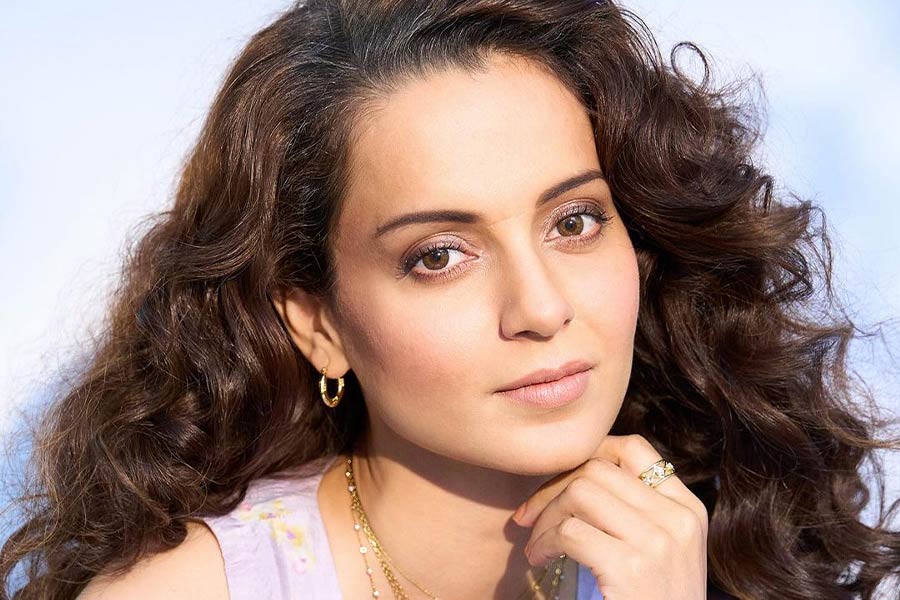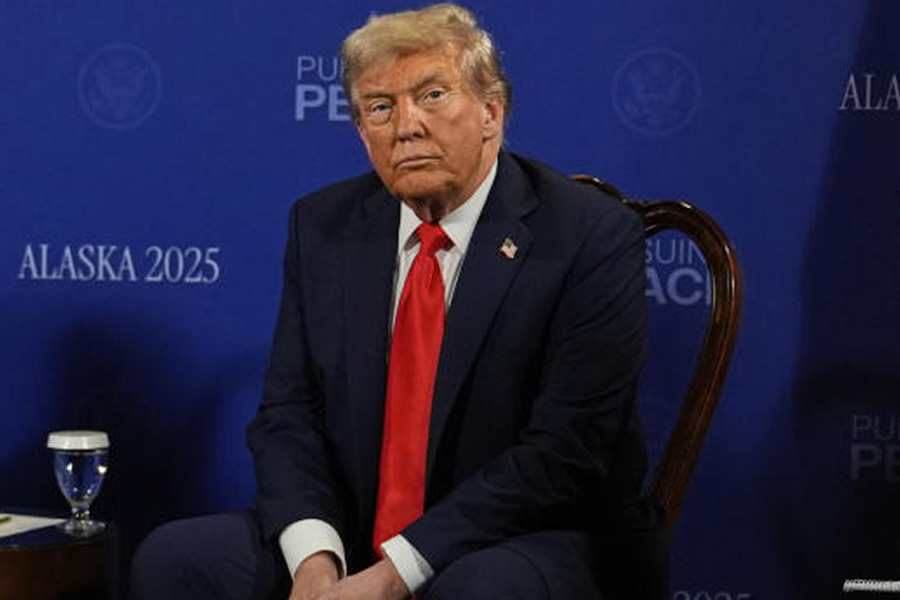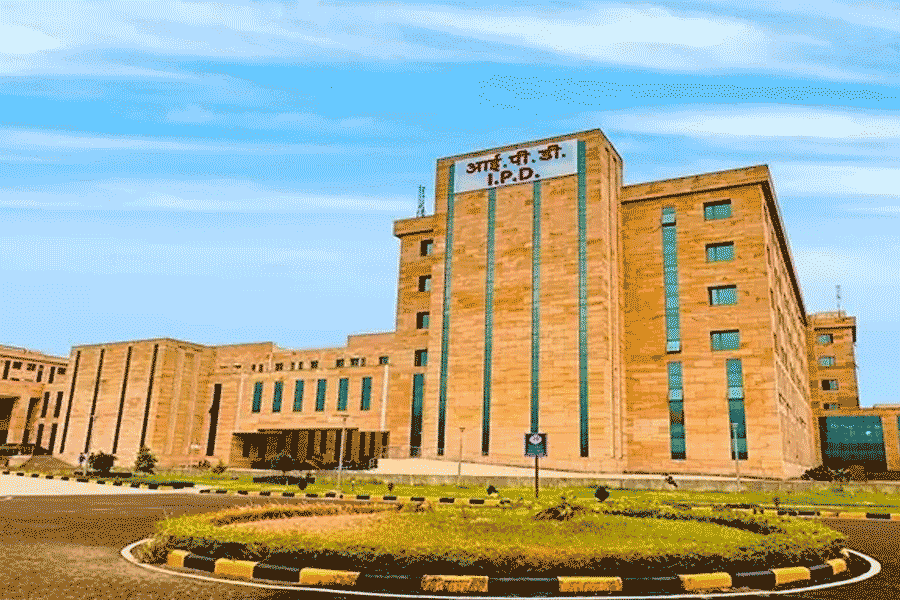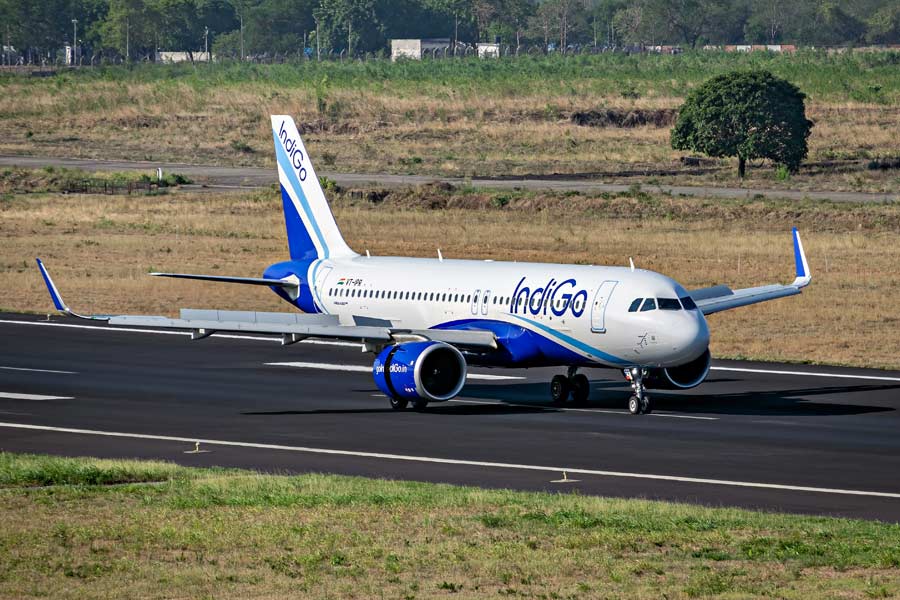Ampati (Meghalaya), July 22: Katta Beel in Meghalaya's South West Garo Hills has received a facelift.
The Meghalaya tourism department is developing the area to attract visitors and popularise the place as a pilgrimage destination.
Located amidst serene greenery, Katta Beel is about 72km from Tura in the West Garo Hills and about 25km from Ampati, the district headquarters of the South West Garo Hills, close to the India-Bangladesh border.
In the later part of the 8th century, Garo king Lengta, also known as Mahendra Narayan, dug a tank as an offering to goddess Kali. The lake is in Nogorpara village. Legend says he worshipped goddess Kali and made human sacrifices to her daily.
"We have developed the water park and have placed 10 boats and a playstation for children. A restaurant is being constructed as well. We are aiming to make a useful contribution to the protection and enhancement of its natural environment," said Trida B. Sangma, tourist officer, South West Garo Hills.
The concrete steps from bottom to the top, on all four sides of the tank, are still evident. Some say that these were used by royal families and nobles for bathing in the lake. However, there are no written records or evidence to authenticate the origin of the tank.
The area of the rectangular tank is 84 bighas. The size of the tank itself tells us that no ordinary person could have dug such a big tank. It is a testimony that that it was dug by the rich and powerful.
The Garos believe that goddess of water resided in the tank and calls it " chimite".
The site was handed over to a local youth club, which runs the boating services.

"Efforts are on to focus on cultural as well as pilgrimage tourism in the South West Garo Hills. The district has a huge potential in this regard, as it is a melting pot of culture. The tourism department is committed to identify and promote tourism in these areas. We will try and showcase the living cultures of the local communities in this district," said the tourism officer.
A few kilometres from Katta Beel at Mahendraganj is a site that attracts visitors every year during the month of April-May (time of mela).
Devotees pay homage at the tomb of Peer Shah Kamal (a Muslim saint) and his Garo wife, who were buried here about 700 years ago during the reign of king Lengta.
Legend has it that during the king's reign, a demon was creating havoc in the area. Shah Kamal, by his supernatural powers, drove away the demon and restored peace.
The king as a token of gratitude donated 1,280 bighas of land, including the present hillock, the seat of the dargah, as a gift to the peer, known as Pirpal Baklai.
The legends also say as the king used to sacrifice a person every night from each household of his subjects, once the misfortune fell on a widow and her daughter. They were arguing over who would go that night when Shah Kamal volunteered.
At midnight, the evil spirit came and tried to suck Shah Kamal's blood and he had to fight with him with all his might. The widow, Nakatchi, gave away her daughter in marriage to Shah Kamal to show respect and gratitude. After that night, the sacrifices stopped.
After the death of Shah Kamal and his Garo wife, this burial place, overlooking Bangladesh, was constructed.
"Every year Muslims, Hindus and Garos assemble to celebrate the occasion as an annual mela," added the tourism officer.
She said the tourism department is creating avenues to promote Mir Jumla and Kamakhya temple, located near Mankachar, along the interstate border.
At Mir Jumla in Thakuranbari, great Mughal General Mir Jumla was laid to rest. The tourism department has built a viewpoint and a lodge nearby and is further developing the site as a pilgrimage destination.
Adjacent to Mir Jumla tomb is the Kamakhya temple on a small hillock.
Much has been said and written about the Kamakhya temple in Guwahati but this temple is little known outside Garo hills.











